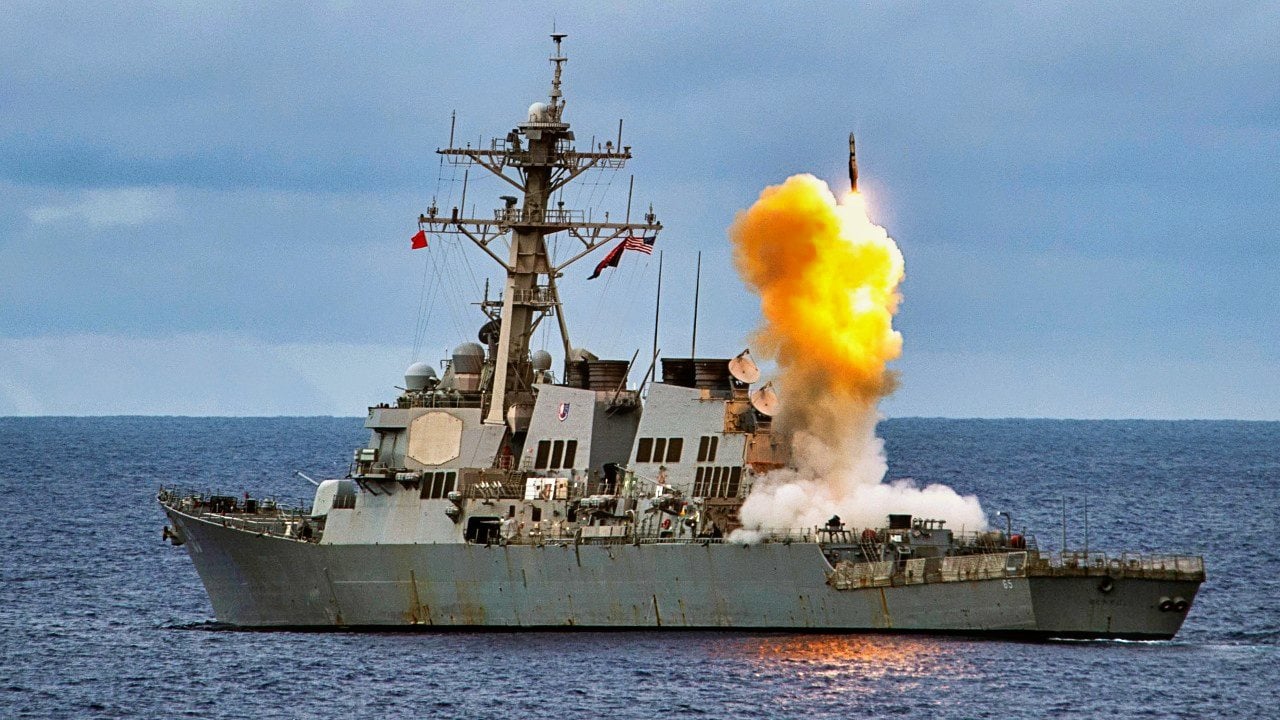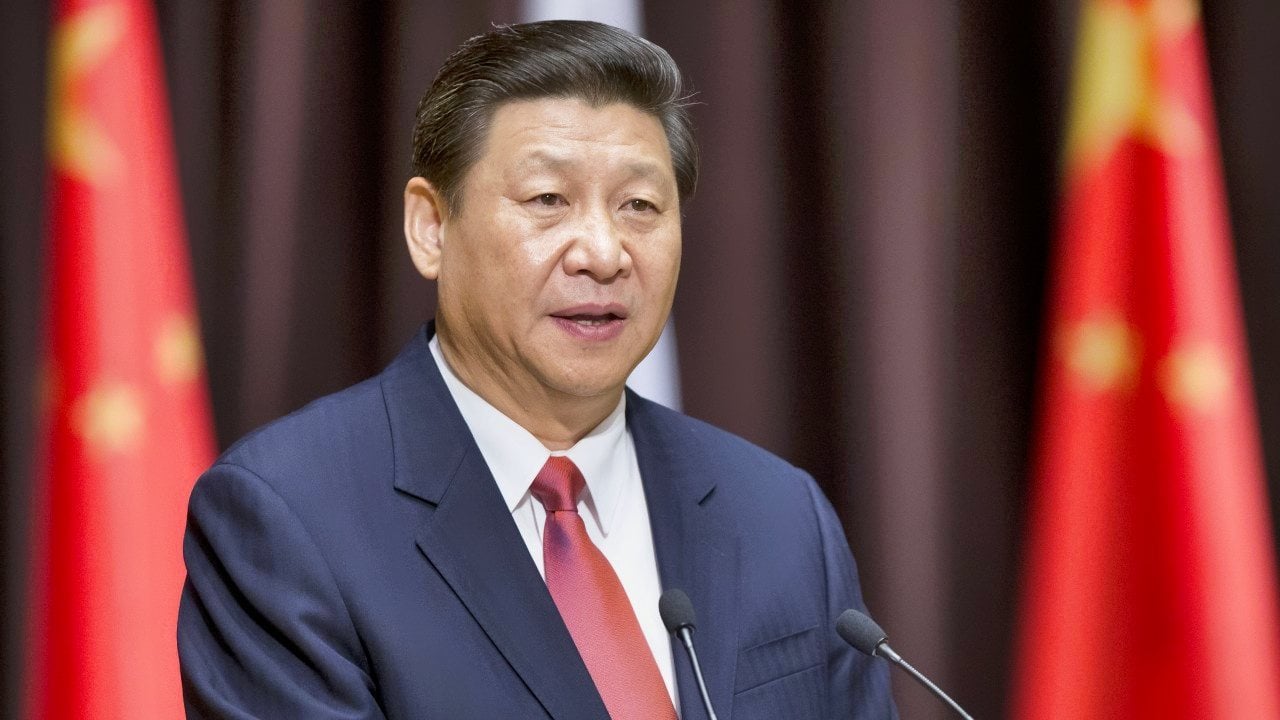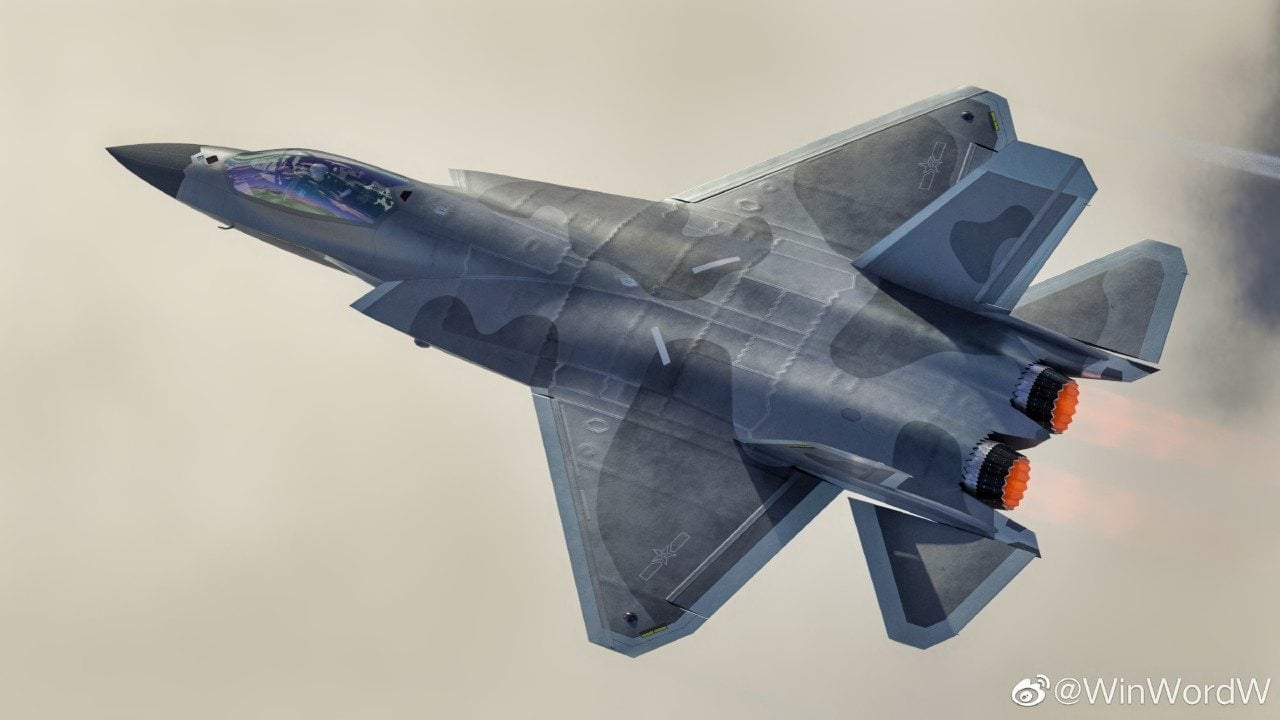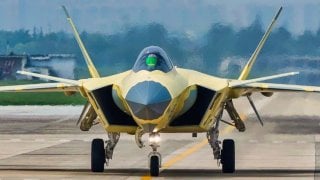A Declining China Is a Dangerous China
Even if the United States has fallen into decline in absolute economic and military terms, China may have crested early and plunged into yet steeper decline. In that case, the margin between the contestants would widen even if both countries were on the wane. If that’s how Xi Jinping & Co. size things up, they might order the People’s Liberation Army into action while China stands its best chance of success. There is ample precedent.
China is in a hurry. It’s in a hurry because the Chinese Communist Party entertains ambitions of breathtaking sweep yet has fewer and fewer resources to tap to fulfill them. A chasm has opened between political ends and the means necessary to acquire them. Coveting unaffordable goals spells peril for China or any other strategic actor. Political and military leaders have been known to roll the iron dice anyway.
So might Beijing.
At any rate, that’s the gist of what Admiral John Aquilino, the outgoing commander of the U.S. Indo-Pacific Command, told reporters in Tokyo last week. (Admiral Samuel Paparo is slated to relieve him as commander on Friday.) Admiral Aquilino mocked party magnates’ claim that the Chinese economy is growing at 5.3 percent per annum, pronouncing the statistic “not real.” He went so far as to portray it as a “failing” economy.

This might sound like a feel-good story for Indo-Pacific powers competing against China in the Taiwan Strait, in the China seas, and along the Sino-Indian land frontier. A failing economy makes a rickety substructure for military aggression. That notwithstanding, Aquilino warned that Beijing is sluicing money into military coffers with abandon. The official figure given for this year’s annual increase in the defense budget is 7.2 percent. He opined: “I think it’s drastically more than that.”
If the INDOPACOM chief has it right, party leaders are hyping China’s economic performance, presumably to burnish its image as an economic partner of choice, while lowballing an arms buying spree, presumably to soothe Asian societies’ forebodings about their domineering neighbor. Nor should anyone be agog at the party’s lying-with-statistics gamesmanship. After all, government statistics in China are worth precisely what you pay for them.
In other words, Communist Party magnates hype or muffle official numbers as a matter of routine to suit their interests. But while they may be able to mask China’s decline by obfuscating, it’s doubtful they can sustain a glaring mismatch between means and ends for long. Few competitors can. And an economy in freefall eventually drags military power down with it.
Ends, ways, and means need to be in sync for a nation to flourish: that’s Strategy 101. Seldom is it sound strategy for politicians to write checks the armed forces can’t cash.
Nor, it bears noting, is China’s quandary unique. An antagonist in decline—or whose leadership has come to believe, rightly or wrongly, that it is in decline—can be an acutely dangerous antagonist. If senior leaders see the need to use violent force to accomplish their goals, and if convinced their nation is losing ground relative to antagonists with the physical might to thwart their goals, they may reckon that the time to act is now. Or never.
Why not go for it now if now is as good as it gets?
And indeed, now-or-never logic is commonplace in the annals of military history, including East Asian history. Imperial Japan was especially prone to it. This was an island state that was renowned for excellence at arms but lacked the natural-resource base to overcome a mobilized foe such as Russia or America. Accordingly, opportunism was a watchword for Japanese foreign policy and strategy. Tokyo acted when it held a temporary advantage.

Two cases stand out in modern Japanese history. The Imperial Japanese Navy struck first during the Russo-Japanese War of 1904-1905, executing a surprise raid against the Russian Navy’s Pacific squadron at Port Arthur, on the Liaotung Peninsula in north China. Japan’s navy struck again in 1941, deploying its carrier fleet to pummel the U.S. Pacific Fleet battle line at Pearl Harbor. In both conflicts Japanese leaders saw an opponent boasting vastly greater military potential bestir itself, converting natural resources and taxpayer largesse into actionable naval and military power. Given time it would build up insuperable armed might. Japan would lose out.
As a first mover, by contrast, Japan commanded an edge in military power in being at the onset of the Russo-Japanese War and the Pacific War. In both cases Tokyo chose to land the first blow, lashing out before declaring war. Japanese leaders’ calculus: opportunity was fleeting, and Japan must act before its moment passed—never to return.
And this made strategic sense. The notion that adverse trends—not just military but economic, demographic, you name it—might spur aggression finds sanction in the classics of strategy. Martial sage Carl von Clausewitz, to name one learned commentator, confirms this possibility. History, he points out, shows that weaker belligerents pick fights with the strong under certain circumstances. “Supposing that a minor state is in conflict with a much more powerful one and expects its position to grow weaker every year,” he writes. “If war is unavoidable, should it not make the most of its opportunities before its position gets still worse?”
National leaders, then, may initiate fighting if convinced the trendlines are turning hostile to their aspirations. Their relative position might be deteriorating because the nation is faltering domestically, because rivals are prospering, or—the nightmare scenario—both. If Communist Party leaders believe time will consign China to a weaker and weaker position relative to opponents such as the United States and its allies, they may resolve to seize the day.
In other words, a China in actual or perceived decline is a dangerous China.
Politics and warfare, it turns out, are messy affairs. That’s why I have never been a fan of the “Thucydides Trap,” Professor Graham Allison’s account of the dynamics between rising and declining powers. In Allison’s telling both rising and declining contenders are tempted to strike as the power on the make approaches the crossover point beyond which it is stronger than the erstwhile hegemon. To oversimplify a trifle, Allison’s thesis holds that the contender in decline may opt for war before its margin of superiority dwindles to zero, while the challenger on the ascent may opt for war to hasten its emergence or to parry its rival’s preemptive assault.

This, of course, is a riff on Thucydides’ classic History of the Peloponnesian War, which chronicles the war that roiled Greek antiquity during the fifth century BC. Or rather, a riff on one passage out of his treatise. The historian is meditating on the causes of war between rival leagues headed by the city-states of Athens and Sparta. He posits that the “real cause” of war, the most basic one, was “the one which was formally most kept out of sight.” Thucydides’ hypothesis: “The growth of the power of Athens, and the alarm which this inspired in Sparta, made war inevitable.”
Get that? The rise of an ambitious, powerful new challenger stokes fear on the part of the established power, making war inevitable. That is certainly one possibility. But think about it. That was how Thucydides interpreted the motives that goaded two specific combatants, Sparta and Athens, into the maelstrom. He produces no quotations from leaders or rank-and-file citizens on either side to back up his hypothesis—this despite recounting speeches by the dozen, and despite confessing that he sometimes made the speakers say what he thought they ought to have said. His omission is telling.
Nor does the historian announce that he intends to enunciate a universal law of international politics and warfare, even assuming he gets the Greek combatants’ hidden motives right.
But my main gripe is that the Thucydides Trap feels too linear, too mechanical, too pat. It feels like an attempt to reduce interactions between human societies to math. Sure, you might be able to graph two contenders’ relative power, and sure, in some instances you could gauge when the challenger will eclipse the established power. Making the effort might prove helpful. But think back to freshman calculus. Gradients change as curves wend their way along in time. Inflection points, maxima, and minima come and go. Fortunes reverse, and reverse again.
Seldom do human affairs track along smooth, continuous, straight-line projections from the past into the future. In fact, Clausewitz upbraids commentators who neglect “to take adequate account of the endless complexities involved” in war. “As we have seen, the conduct of war branches out in almost all directions and has no definite limits; while any system, any model, has the finite nature of a synthesis.” There’s a fractal nature to strategic competition and warfare.
Take it from a forefather of complexity theory.
So much for parables about rise and fall. Think about alternative possibilities. The challenger could top out before reaching the crossover point that heralds its primacy. The established power could regain its dynamism, restoring or expanding its relative superiority even if the challenger continues to surge. Or both contenders could decline, and the balance between them would depend on who decayed faster. Or discontinuities happen. Something could happen to one or both curves, interrupting the trendlines to unpredictable, black-swan effect. For example, a third challenger could arise, surpassing both competitors or giving rise to a triangular contest for supremacy. Etc.
Bottom line, the Thucydides Trap projects one possible competitive dynamic in a universe of alternative futures.


